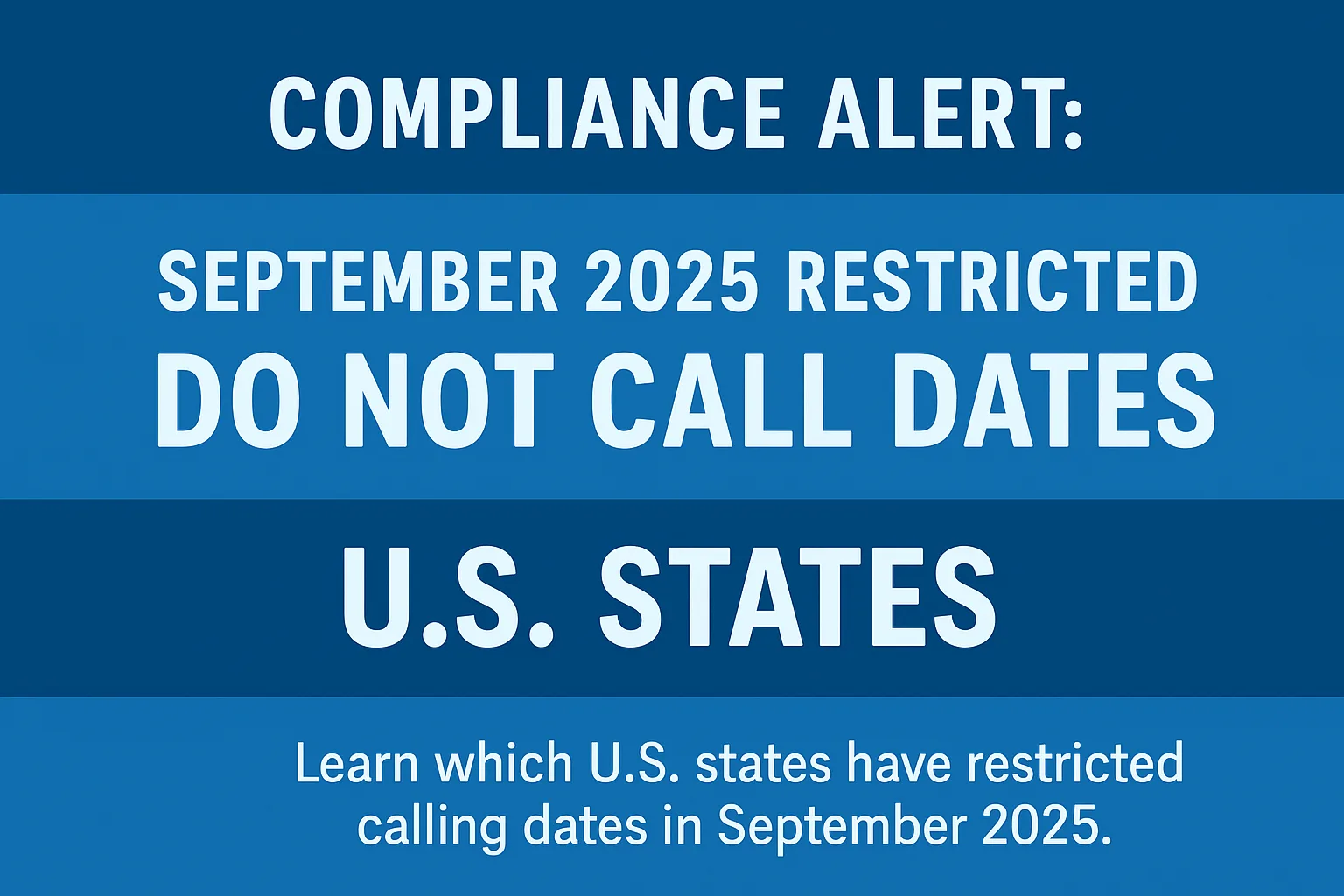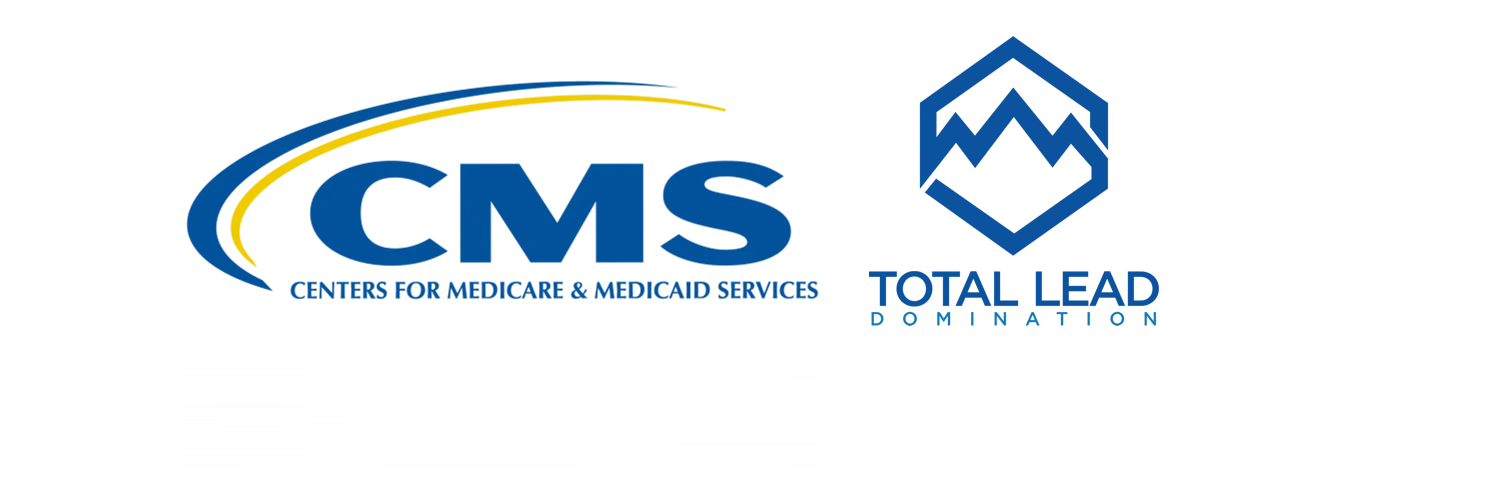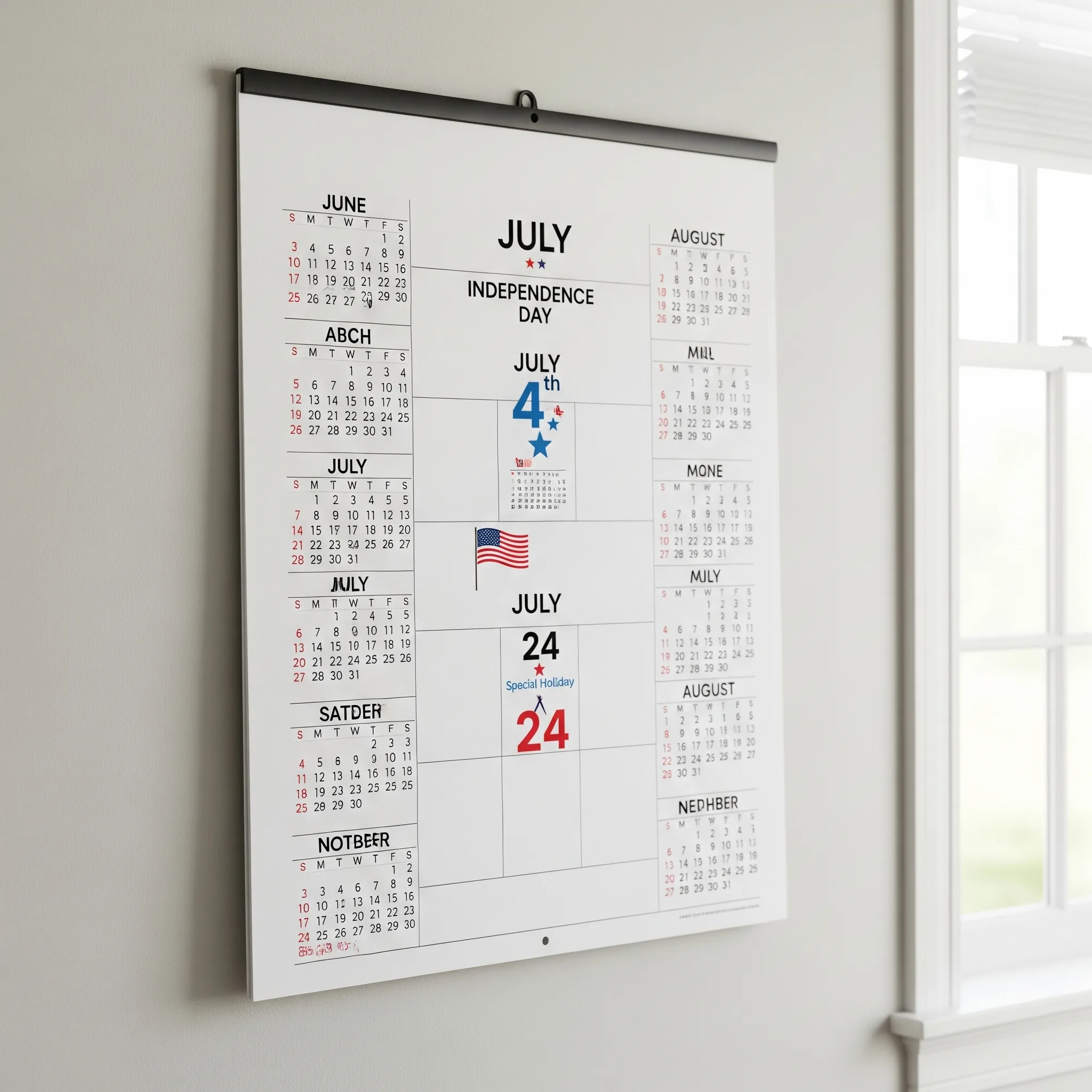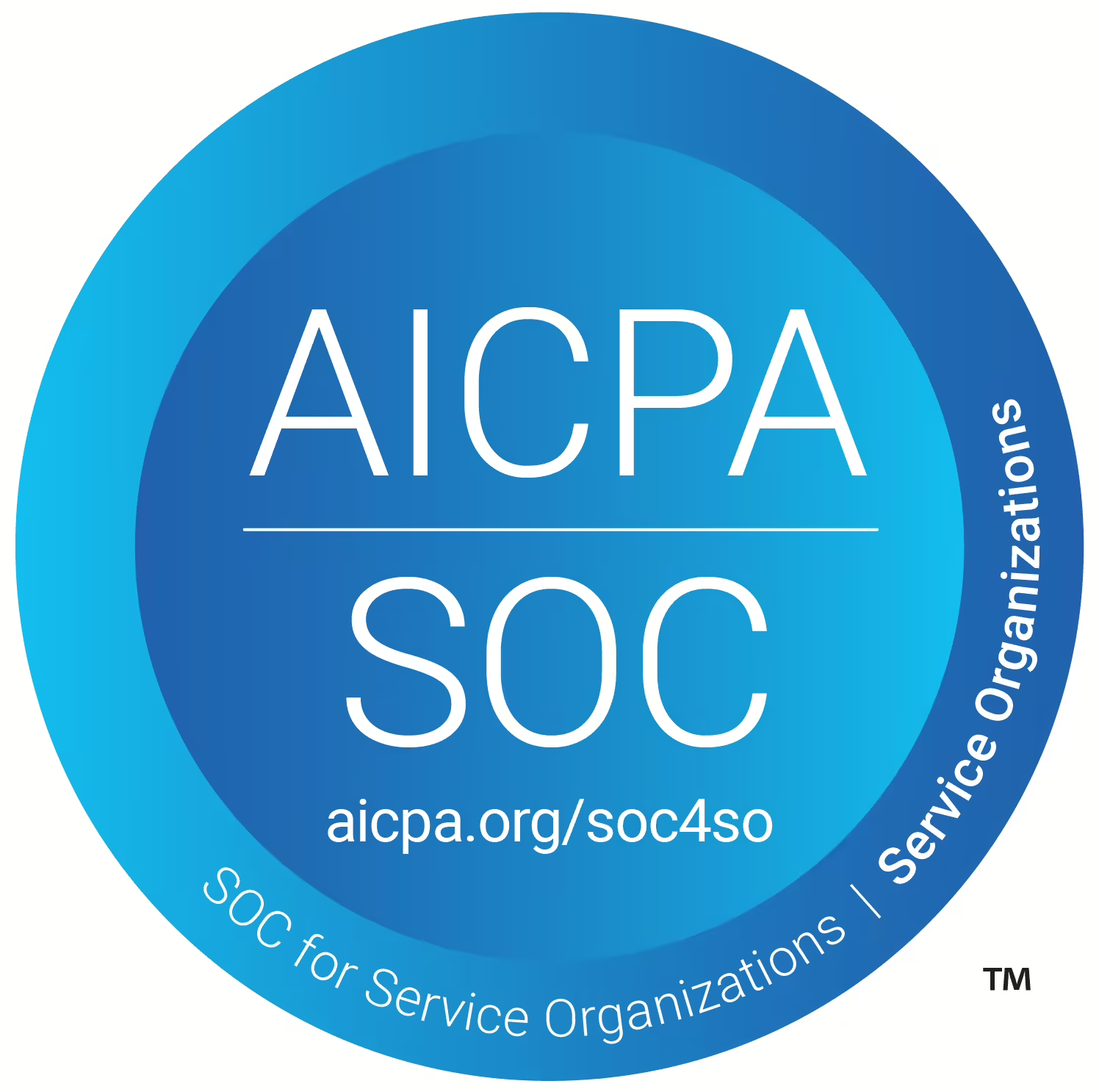November 2025 Restricted Call Dates
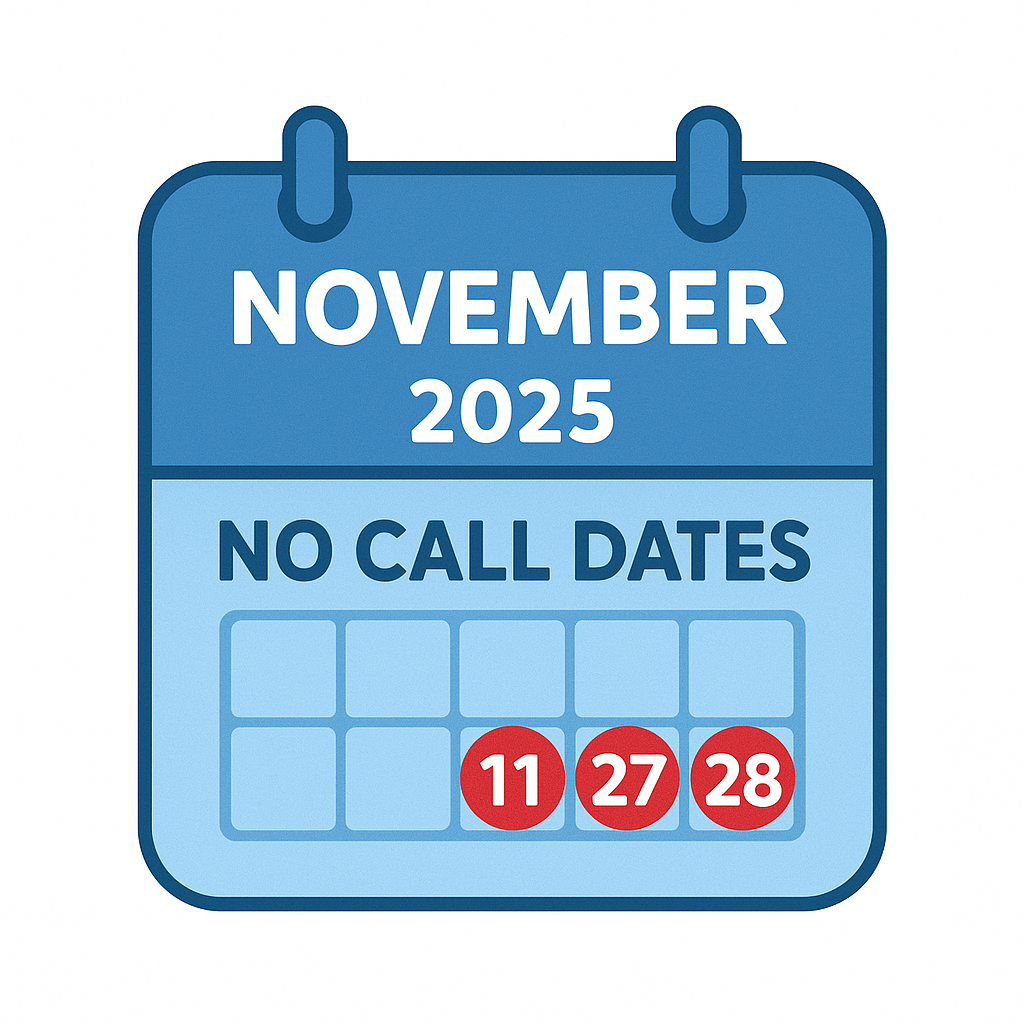
Stay Compliant with November 2025 Calling Restrictions Maintaining TCPA and DNC compliance is essential for protecting your business and preserving customer trust. Certain holidays restrict or limit outbound calling activity at the state level.Below is a list of restricted call dates for November 2025 to help you plan compliant outreach. November 2025 Restricted Call Dates […]
